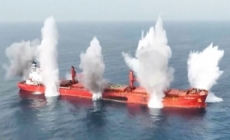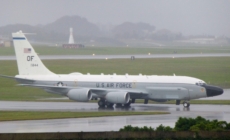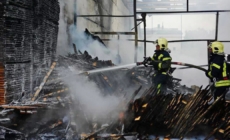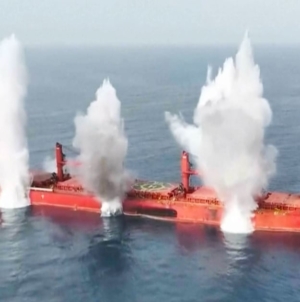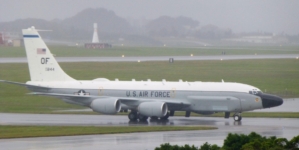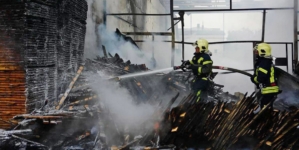-
Ship attacked in the Red Sea after a bulk carrier sinking claimed by Yemen’s Houthi rebels - 8 mins ago
-
L.A.’s top prosecutor restores ‘normalcy.’ Can it last under Trump? - 11 mins ago
-
US Spy Plane Restarts Snooping on Russia as Trump Loses Patience With Putin - 30 mins ago
-
Who Are The 10 Best MLB Players 25 And Under Right Now? - 36 mins ago
-
High-Speed Internet to Reach the Furthest Corners of the Country - 50 mins ago
-
Baby dies after SoCal mom leaves him in hot car to get lip filler, police say - 52 mins ago
-
Russia launches another record drone attack, Ukrainian officials say - 58 mins ago
-
Tigers Reportedly Inquire About Former Gold Glove Third Baseman As Interest Grows - about 1 hour ago
-
Yankees Move All-Star Infielder Jazz Chisholm Jr. From Third Base Back to Second - about 1 hour ago
-
Explore Budapest’s Craft Beer Scene with a Beer Passport - about 1 hour ago
Update: Satellite Photo Shows U.S. Forces at Key Indian Ocean Base
New satellite imagery showed an Arleigh Burke-class guided-missile destroyer stationed just north of Diego Garcia, the remote Indian Ocean island where the U.S. operates a key military base.
Newsweek has reached out to the U.S. Indo-Pacific Command (INDOPACOM) for comment.
Why It Matters
With a fragile situation in the Middle East, the U.S. is strengtening its military posture in key command areas, deploying warplanes and ships to reinforce deterrence and be preapred for any attack.
The constant reinforcements underscore the base’s strategic role in responding to major threats from Iran, Houthi forces in Yemen, and broader regional instability.
Copernicus/Sentinel Hub
What To Know
New satellite imagery also revealed four B-52 bombers, six KC-135 tankers, and six F-15 fighters, backed by an Arleigh Burke-class destroyer patrolling outside the atoll at the Diego Garcia base, according to open-intelligence analyst MT Anderson on X, formerly Twitter.
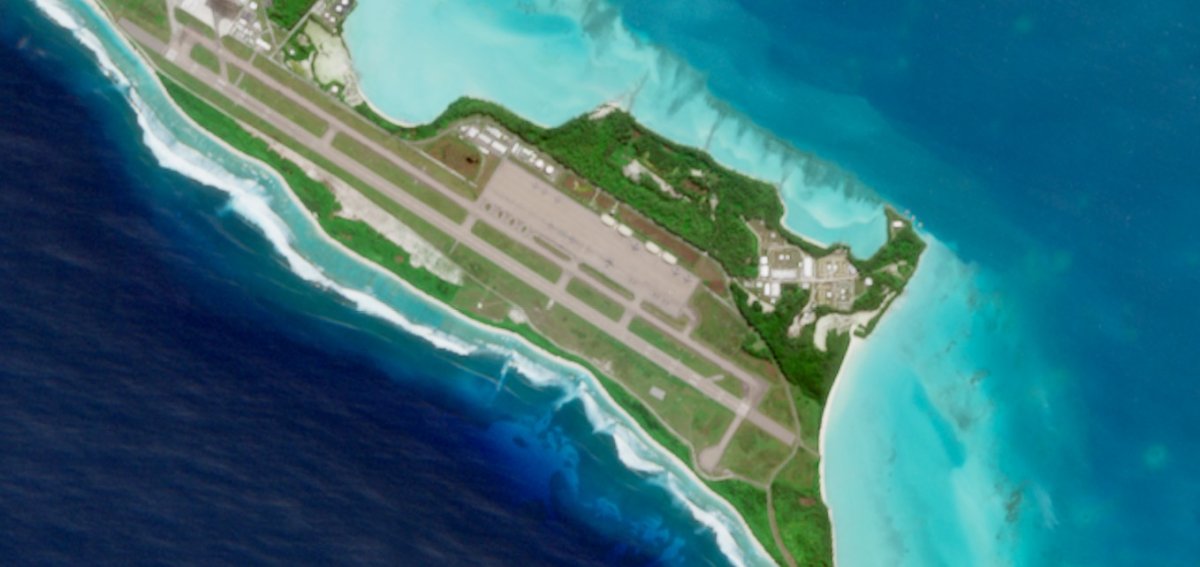
Copernicus/Sentinel Hub
Guided-missile destroyers are multi-mission warships equipped with advanced radar, long-range missiles, naval guns, and anti-submarine systems, designed to carry out both offensive and defensive missions—either independently or as part of a carrier strike group.
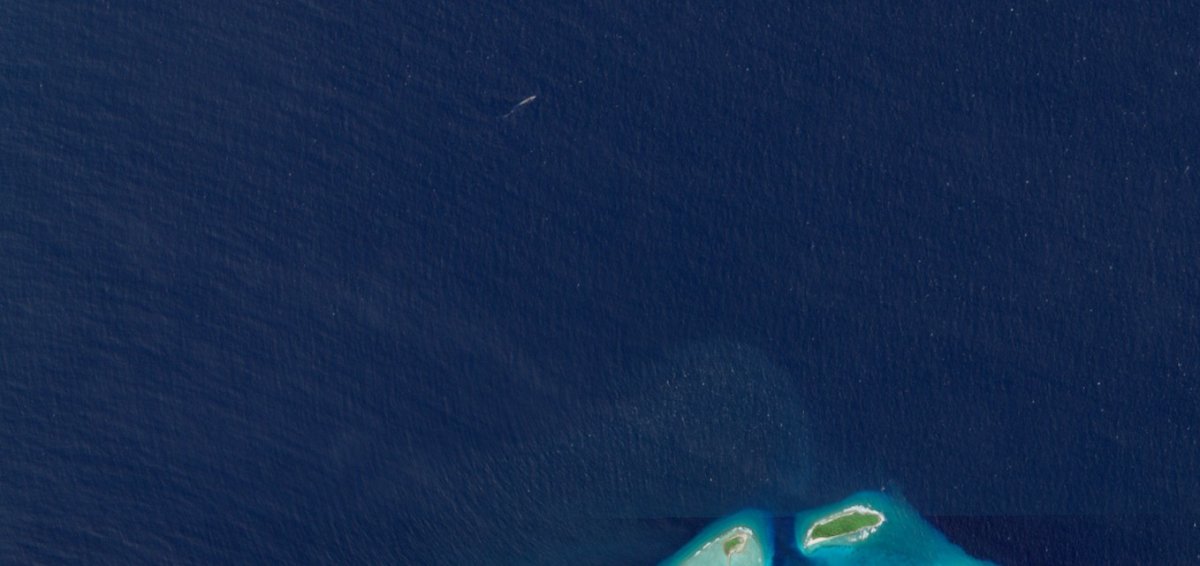
Copernicus/Sentinel Hub
The U.S. gains a major military advantage in the Indo-Pacific from Diego Garcia’s location, about 2,200 miles from Iran and 3,000 from southern China. The base gives both the U.S. and Britain access to key capabilities — some secret — like an airfield, deep-water port, global GPS support, space tracking, and tools for monitoring nuclear activity.
In the Middle East, aircraft carriers USS Nimitz and USS Carl Vinson (CVN 70) are operating in the U.S. Central Command area of responsibility, where the Yemeni Houthis continue to pose threats to maritime navigation.
The Iranian-backed rebels, undeterred by heavy U.S. airstrikes earlier this year, have attacked a commercial vessel in the Red Sea for the first time since December, raising the prospect of renewed military conflict.
The Houthis say they are acting in solidarity with Gaza as Israel wages war on Hamas there.
What People Are Saying
U.S. President Donald Trump, quoted by The Hill: “I will tell you that in my view, I hope it’s over. I think Iran wants to meet. I think they want to make peace and I’m all for it. Now, if that’s not the case, we are ready, willing, and able.”
Major General Abdolrahim Mousavi, Iran’s Army Chief of Staff, as quoted by IRNA: “In the event of any evil act from the enemies, our response will be more crushing than before.”
What Happens Next
The fragility of the situation in the Middle East means that U.S. forces could be called into action at any time on numerous fronts.
Source link
